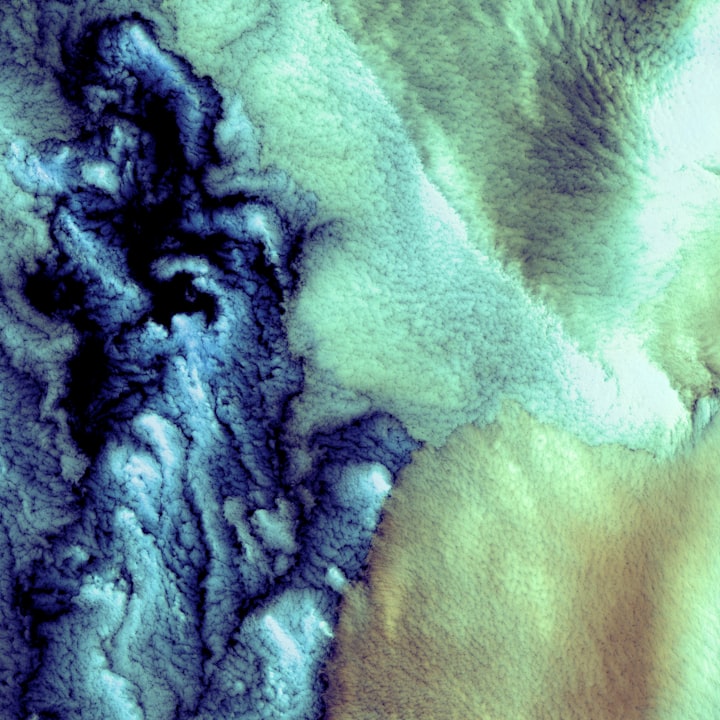The Science Behind Climate Change: Understanding the Causes and Impacts
The Greenhouse Effect and Enhanced Greenhouse Effect: Unraveling the Mechanisms of Climate Change
Climate change is a complex phenomenon that has become a defining challenge of our time. To comprehend its significance, it's crucial to delve into the science behind climate change. In this article, we will explore the causes of climate change, the role of greenhouse gases, the mechanisms driving global warming, and the resulting impacts on our planet.
I. What Causes Climate Change?
A. The Greenhouse Effect
The greenhouse effect is a natural process that regulates the Earth's temperature. It occurs when certain gases in the atmosphere, called greenhouse gases, trap heat from the Sun. The primary greenhouse gases include carbon dioxide (CO2), methane (CH4), nitrous oxide (N2O), and fluorinated gases.
B. Human Activities and Enhanced Greenhouse Effect
Human activities, particularly the burning of fossil fuels such as coal, oil, and natural gas, have significantly increased the concentration of greenhouse gases in the atmosphere. This intensification of the greenhouse effect is known as the enhanced greenhouse effect and is a leading cause of climate change.
II. Mechanisms of Global Warming
A. Greenhouse Gas Emissions
The combustion of fossil fuels releases large amounts of carbon dioxide into the atmosphere. Deforestation, industrial processes, and agricultural practices also contribute to greenhouse gas emissions. These gases accumulate in the atmosphere, forming a blanket that traps heat and warms the Earth's surface.
B. Positive Feedback Loops
Climate change can trigger positive feedback loops that amplify its effects. For example, as temperatures rise, the melting of polar ice caps reduces the amount of reflective ice, increasing the absorption of sunlight and accelerating warming. This positive feedback loop exacerbates global warming.
III. Impacts of Climate Change
A. Rising Temperatures
Global warming leads to rising average temperatures worldwide. This increase in temperature has a range of consequences, including heatwaves, altered precipitation patterns, and changes in the frequency and intensity of extreme weather events.
B. Sea Level Rise
As global temperatures rise, glaciers and ice sheets melt, contributing to rising sea levels. Sea level rise threatens coastal communities, increases the risk of flooding, and leads to saltwater intrusion into freshwater sources.
C. Extreme Weather Events
Climate change intensifies extreme weather events, such as hurricanes, droughts, and floods. These events can have devastating impacts on communities, including property damage, displacement, and loss of life.
D. Biodiversity Loss
Changing climatic conditions disrupt ecosystems and threaten biodiversity. Many species struggle to adapt or migrate to more suitable habitats, leading to habitat loss and extinction. The loss of biodiversity disrupts ecological balance and affects ecosystem services upon which human societies rely.
IV. Mitigation and Adaptation
A. Mitigation Strategies
Mitigation involves reducing greenhouse gas emissions to limit the magnitude of future climate change. This can be achieved through transitioning to renewable energy sources, improving energy efficiency, adopting sustainable agricultural practices, and implementing policies to promote sustainable transportation.
B. Adaptation Measures
Adaptation strategies aim to prepare communities and ecosystems for the impacts of climate change. Examples include building resilient infrastructure, implementing early warning systems for extreme weather events, and conserving natural habitats to maintain ecological resilience.
V. The Role of International Cooperation
Addressing climate change requires global cooperation. The Paris Agreement, signed by nearly all countries, aims to limit global warming to well below 2 degrees Celsius above pre-industrial levels and pursue efforts to limit it to 1.5 degrees Celsius. International collaboration is crucial to achieve these targets and foster sustainable development.
Understanding the science behind climate change is essential for grasping the urgency of this global issue. Human activities and the enhanced greenhouse effect have led to rising global temperatures, resulting in a wide range of impacts on the environment, societies, and economies. By implementing mitigation strategies and adaptation measures, alongside international cooperation, we can work towards mitigating the effects of climate change and building a sustainable future for generations to come.
About the Creator
Niranjana. V
I'm writer and blogger,I LOVE to express my words and thoughts,
ntailcosmos.blogspot.com







Comments
There are no comments for this story
Be the first to respond and start the conversation.